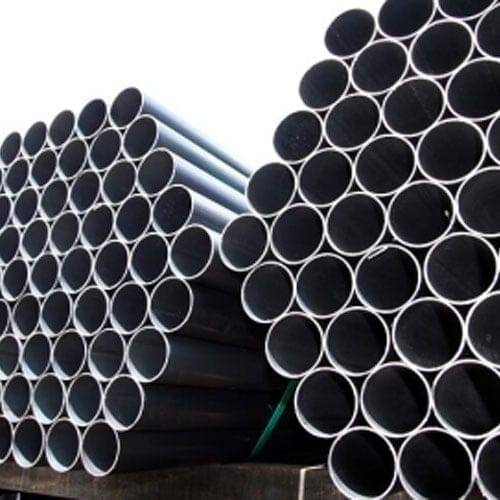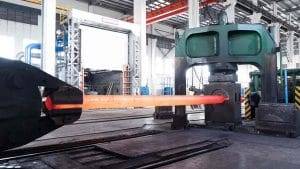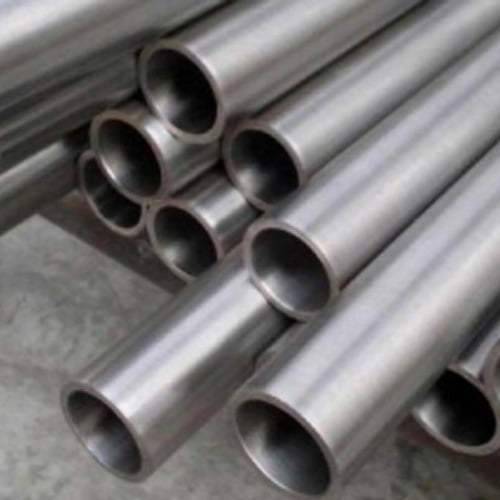Introduction

Round mechanical tubing stands as a cornerstone in the manufacturing industry, valued for its structural integrity, versatility, and wide-ranging applications. This blog delves into the multifaceted uses of round mechanical tubing across various industries, the intricacies of its manufacturing processes, material considerations, and the distinct advantages it offers in engineering and fabrication.
Applications in Various Industries
Round mechanical tubing finds extensive application in diverse sectors due to its robustness and flexibility. In the automotive industry, it serves as integral components in chassis frames and exhaust systems, where its ability to withstand both torsion and compression is crucial. In construction, round tubing is utilized for scaffolding, handrails, and structural supports, benefiting from its load-bearing capacity and ease of assembly. The furniture industry also employs round tubing for its aesthetic appeal and structural reliability, often seen in chair frames and table bases. Moreover, in aerospace applications, where weight reduction is paramount, round mechanical tubing crafted from lightweight alloys like aluminum contributes to fuel efficiency without compromising structural integrity.
Manufacturing Processes and Material Selection
The manufacturing of round mechanical tubing involves several intricate processes tailored to meet specific application requirements. Tube forming techniques include hot and cold rolling, extrusion, and bending, each influencing the final product’s mechanical properties and dimensional accuracy. Welding methods such as TIG (tungsten inert gas) and MIG (metal inert gas) welding are employed to join tubing segments seamlessly, ensuring structural integrity under varying loads. Post-fabrication, surface finishing techniques like polishing, galvanizing, or powder coating enhance tubing durability and aesthetics.
Material selection plays a pivotal role in determining the performance characteristics of round mechanical tube. Carbon steels offer robustness and cost-effectiveness, suitable for applications requiring high strength and moderate corrosion resistance. Stainless steels, renowned for their superior corrosion resistance and durability, are favored in environments prone to moisture and chemical exposure. Aluminum alloys, prized for their lightweight nature and excellent strength-to-weight ratios, find extensive use in aerospace and automotive applications, where weight reduction is critical for enhancing fuel efficiency and performance.
Properties of Common Materials Used in Round Mechanical Tubing
| Material | Strength (MPa) | Corrosion Resistance | Weight (kg/m) |
|---|---|---|---|
| Carbon Steel | 400-700 | Moderate | Medium |
| Stainless Steel | 600-1200 | High | Medium |
| Aluminum Alloy | 200-500 | High | Light |
Advantages in Design and Fabrication
Designers and engineers favor round mechanical tubing for its versatility in design and ease of fabrication into intricate shapes and configurations. The uniform circular cross-section of tubing ensures predictable performance under various loads, facilitating efficient design iterations and assembly processes. This adaptability allows manufacturers to achieve complex structural requirements while maintaining cost-effectiveness and production efficiency.
Environmental and Cost Considerations

Beyond its mechanical advantages, round mechanical tube offers significant environmental benefits. Its recyclability and reduced material wastage during fabrication contribute to sustainability efforts across industries. Moreover, the cost-effectiveness of tubing compared to solid bars or other structural materials enhances its attractiveness in budget-conscious manufacturing processes, without compromising on performance or quality.
Conclusion
In conclusion, round mechanical tubing continues to play a pivotal role in modern manufacturing, offering unparalleled versatility, strength, and economic advantages across diverse industries. Its evolution in materials and manufacturing techniques ensures ongoing relevance amidst evolving technological and environmental demands. As industries strive for lightweight, durable, and cost-effective solutions, round mechanical tube remains a preferred choice for fulfilling complex engineering challenges.
FAQ
Q: What are the primary advantages of using round mechanical tubing in manufacturing?
A:Round mechanical tubing offers high strength-to-weight ratios, ease of fabrication into complex shapes, and cost-effectiveness compared to solid bars.
Q: How does material selection affect the performance of round mechanical tubing?
A:Different materials such as carbon steel, stainless steel, and aluminum alloys offer varying levels of strength, corrosion resistance, and weight, influencing their suitability for specific applications.
Q: What industries commonly use round mechanical tubing?
A:Automotive, construction, furniture, and aerospace industries extensively utilize round mechanical tubing for structural components, frameworks, and aesthetic applications.
Q: What are the environmental benefits of using round mechanical tubing?
A:Round mechanical tubing is recyclable and often results in less material wastage during manufacturing, contributing to environmental sustainability efforts.




